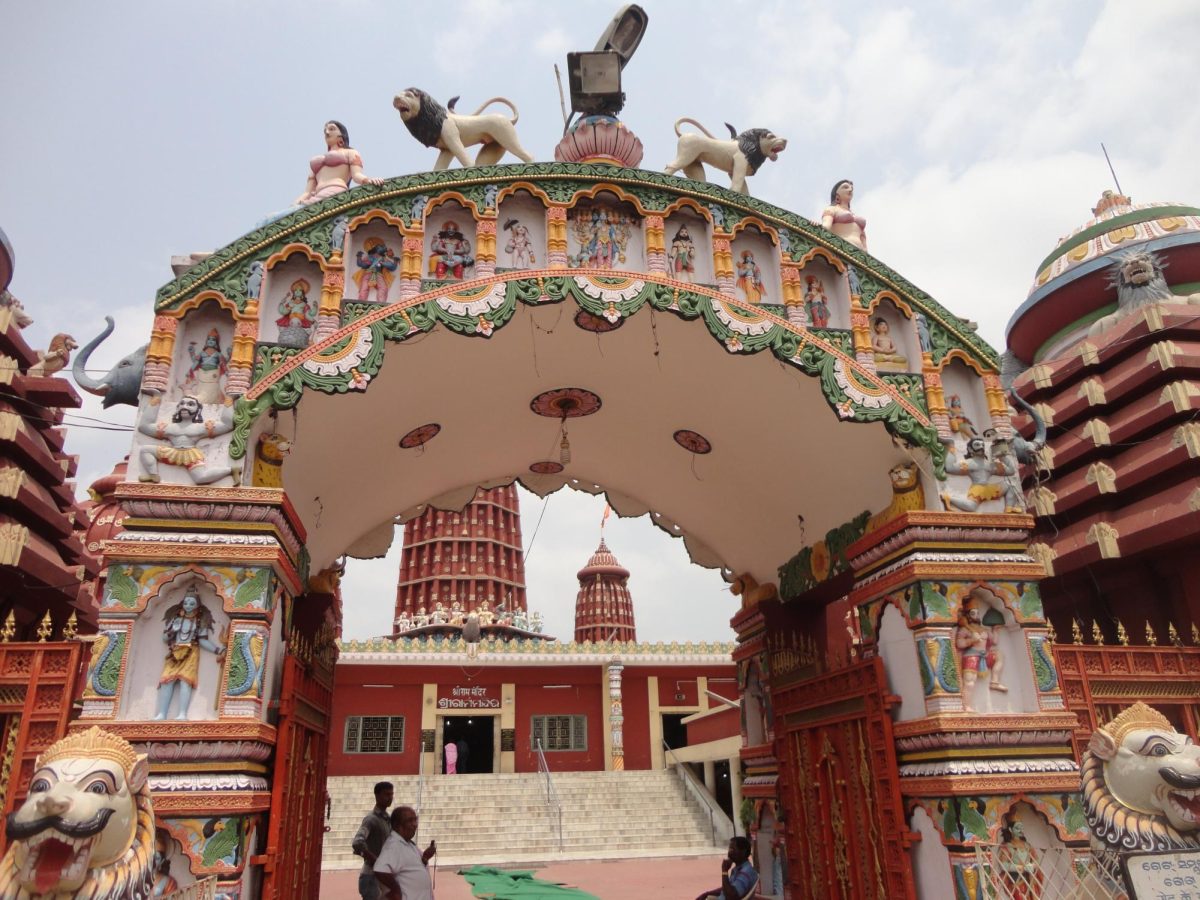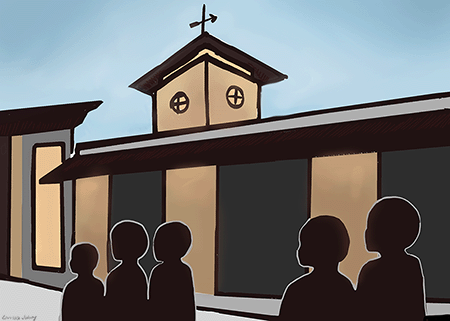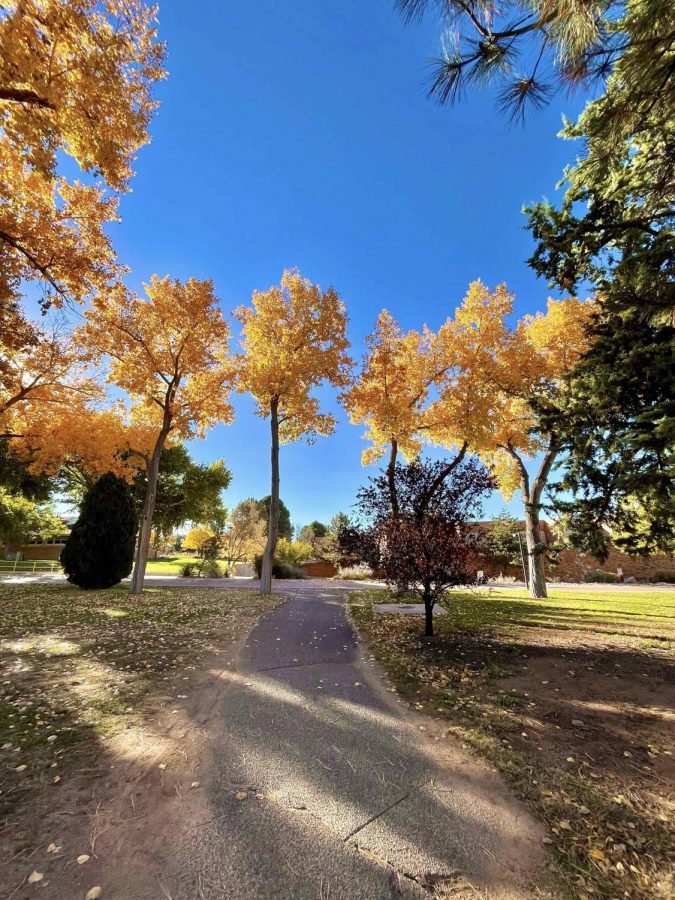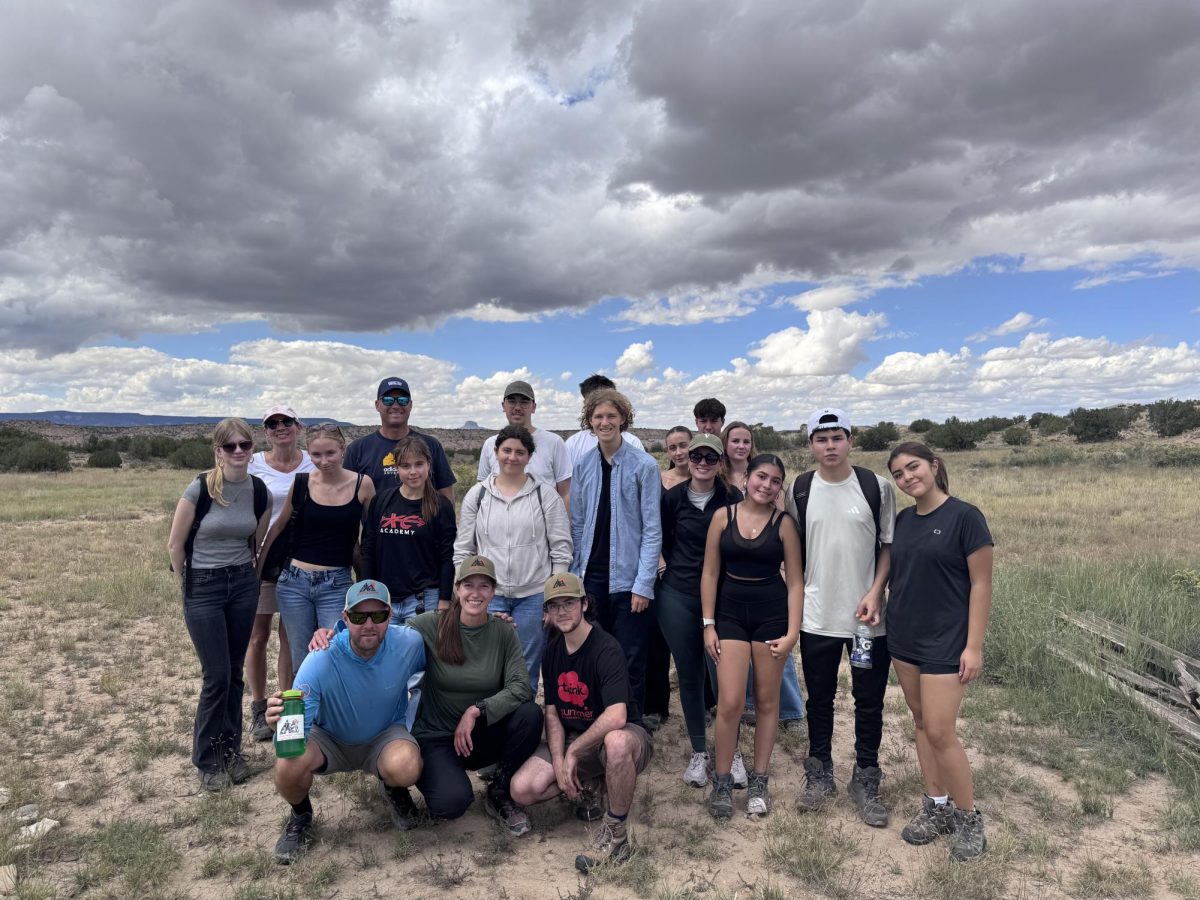Most retellings of the Ramayana – the life journey of one of Hinduism’s most prominent gods, Lord Rama – start with the same phrase: “In Lord Rama’s birthplace, Ayodhya…” Today, this famed city is located a little north of central India in the country’s most populous state, Uttar Pradesh. In January, the Ram Mandir, a sweeping temple dedicated to Lord Rama, finally opened in a partially finished state after four years of construction. The opening of this place of worship has been marked by controversy amidst existing religious conflicts in India, as the temple was built after a Mughal-era mosque was demolished in 1992. Although many Hindus around the world see the temple as celebrating their heritage, other Hindus, Muslims, and non-Hindu Indians are concerned about the current government continuing to link being Indian with being Hindu.
Many Hindus believe the site of the current temple to be Lord Rama’s birthplace. In 1528, the first Mughal emperor, Babur, constructed a mosque, the Babri Masjid, on the same site. Some Hindus believe that an earlier temple was demolished to make room for the mosque, but this is disputed by archaeologists. Conflict between Hindus and Muslims emerged after the Muslim Mughal dynasty conquered India, which has a majority-Hindu population. The mosque stayed up for more than 400 years, during which time hostility between Hindus and Muslims grew. This enmity multiplied exponentially after clear lines between the two religious groups were drawn with the formation of the two countries of India and Pakistan in 1947 after the subcontinent gained independence from England. A major turning point came in 1992 when a mob of Hindu nationalists destroyed the mosque; 2,000 people died in surrounding riots.
This conflict, based on hundreds of years of religious disputes over who owned the right to build on the location, led to the question: could a temple or mosque be built on the ground where another place of worship was razed with hatred? Murkier still was the matter of which religious group had started the destruction. Hindus argued that it was the Mughals, who had torn down the original temple centuries ago. Muslims argued that it was the Hindu nationalists, whose more recent actions carried more weight. With the plot of land open, this debate could only be settled in court. Dubbed the “Ayodhya Dispute,” the heavily publicized legal battle between the Uttar Pradesh Sunni Central Waqf Board (the largest Muslim coalition in Uttar Pradesh) and the the deity, Rama (who was represented by Hindu coalitions like Hindu Mahasabha and Vishva Hindu Parishad), along with the Nirmohi Akhara (a separate Hindu denomination), sought to determine which party had the claim to the land.
In 2019, the case was appealed to the Indian Supreme Court, which ruled that the Indian government held the claim to the land, according to tax records. They further stated that there wasn’t enough evidence to show that the original structure on the site was destroyed. They further decreed that the entire plot of land should go toward building a Hindu temple, and that five acres of land elsewhere in Uttar Pradesh should be given to the Uttar Pradesh Sunni Central Waqf Board. This decision came during the rule of the Bharatiya Janata Party (BJP), a party that’s still in power in India, with Prime Minister Narendra Modi spearheading the reconstruction movement. The BJP is a Hindu nationalist party, and the already-fraught relations between Indian Hindus and Muslims have never been more precarious.
This is not to say that the construction of the Ram Mandir has been completely marred by politicized religious division. Many Indians, and many Hindus around the world, see the temple’s opening as the start of a new era. Elements of the Hindu cultural identity have been silenced for many, being tamped down by the whips of British colonialism, the “keep-your-head-down” model minority label, and infighting between Hindu factions. The construction of such a large monument signifies, for many, an overcoming of these historical hurdles. This is why the opening was such a high-profile event in India, and globally, with ripples of hope felt worldwide. A roaring celebration took place in Times Square, with Hindus from several different countries coming together to celebrate their identities. Celebrations also took place closer to home at the Hindu Temple of New Mexico. Members of the temple gathered to learn more about the history of the Ram Mandir and perform songs and dances about Lord Rama. This was an important way to bring recognition of Hindu culture and tradition to places far from India.
It would be foolish, however, to think that the temple has been received positively by all. Some see the temple’s opening as anti-Muslim, due to the controversial claim that the Babri Masjid was torn down to construct it. This comes as several other Mughal-era mosques around India have been demolished in an effort to “reclaim” the Hindu identity of the country. Others see it as an effort to intrinsically link Hinduism with being Indian, which is problematic because almost 300 million residents of India are non-Hindu and the country protects religious freedom in its constitution. By forcing this connection, it ostracizes non-Hindu Indians. What’s more, the construction of the Mandir is also being seen as a political move to seal Modi a third term as prime minister of India. With the elections right around the corner, fueling Hindu nationalist fires is a strategy to guarantee a Modi win.
In all, it is clear that the consecration of the Ram Mandir is a monumental event not just for India, but the world at large. On one hand it is a symbol of humanity’s grit, as Rama represents all of humanity’s positive attributes, which led to his ascension to the throne of Ayodhya with his wife, Sita, in the Ramayana. Additionally, building a temple in Ayodhya is a win for worshippers of Rama all over the world, who will use this temple as a site of pilgrimage. On the other hand, the construction of the Mandir is another source of conflict between Hindus and Muslims. The complicated history of the site where the Mandir has been built makes the issue even harder to decipher. It is impossible to know the motives behind every player in the situation, and it is even harder to have an unbiased view on it. Only time will tell how the construction of the Ram Mandir fits into this complex historical narrative.














